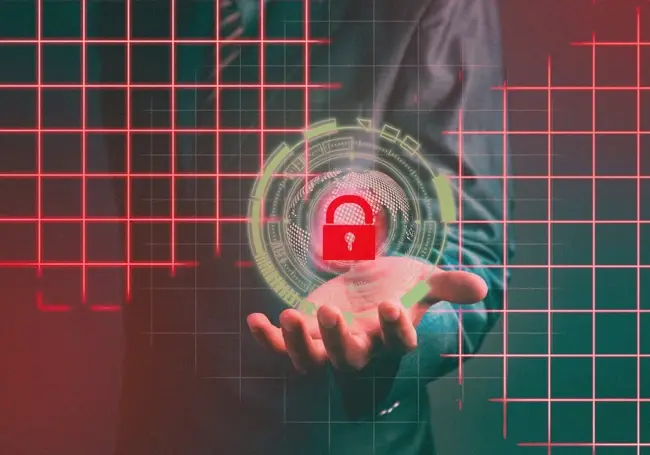
Written by Sam Peters, Chief Product Officer at ISMS.online
The rise in zero-day vulnerabilities has prompted a stark warning from international authorities. The Five Eyes cyber agencies, including the UK's National Cyber Security Centre (NCSC) and the US Cybersecurity and Infrastructure Security Agency (CISA), recently published a report identifying the most exploited vulnerabilities of 2023. Unsurprisingly, many were zero-days.
These vulnerabilities are especially dangerous because attackers act before vendors can release patches, leaving businesses exposed. The NCSC has urged organisations to "maintain vigilance with their vulnerability management processes," emphasising the need for swift updates and comprehensive asset inventories. Yet, patching alone is not enough to outpace sophisticated attackers. Businesses must adopt a proactive and structured approach to cybersecurity.
A proactive approach through governance frameworks
Governance frameworks, particularly ISO 27001, offer a proven method for addressing evolving cyber threats, including zero-days. ISO 27001 provides a comprehensive Information Security Management System (ISMS) framework that helps organisations implement systematic processes for identifying, assessing, and mitigating vulnerabilities.
Far from being a mere compliance exercise, ISO 27001 serves as a blueprint for continuous improvement in vulnerability management. Organisations can move from reactive to proactive risk management by embedding this framework into business operations. This approach is essential in an environment where zero-day threats are not a matter of "if" but "when."
Organisations leveraging frameworks like ISO 27001 are better positioned to handle zero-day threats because they operate within a structured, risk-based framework that drives rapid response and long-term resilience.
To stay ahead of attackers, organisations need more than patch management. ISO 27001 encourages businesses to take a holistic approach by incorporating vulnerability scanning, prioritisation based on criticality, and regular risk assessments. This structured process ensures that resources are allocated effectively, first addressing the most pressing threats.
Continuous monitoring is another critical component. An ISMS aligned with ISO 27001 mandates regular reviews of security controls and the implementation of incident response plans. These measures allow businesses to detect anomalies early and respond swiftly, reducing the potential impact of an attack.
Secure-by-design
The Five Eyes advisory also emphasised the importance of secure-by-design principles for technology vendors. This approach aligns perfectly with ISO 27001's emphasis on addressing risks from the outset. By embedding security controls throughout the product development lifecycle, vendors can reduce exploitable vulnerabilities and deliver more secure products to the market. When vendors adopt these principles, they not only protect their customers but also strengthen the overall cybersecurity ecosystem.
Global collaboration
One of ISO 27001's strengths is its global recognition. This makes it easier for organisations across borders to align their cybersecurity efforts, fostering collaboration and consistency in vulnerability management. For businesses operating in international supply chains, this standardised approach is invaluable.
By adopting ISO 27001, enterprises can ensure that their partners and third-party vendors meet the same high-security standards, reducing the risk of supply chain attacks - a growing concern highlighted in the Five Eyes report.
Embedding cybersecurity into organisational culture
Technology alone cannot protect against zero-day threats. Human error remains a significant risk factor. ISO 27001 mandates ongoing training and awareness programs for all staff, helping organisations reduce the likelihood of exploitation caused by mistakes.
A compliance-driven culture fosters accountability at all levels, from leadership to technical teams. This cultural shift supports the advisory's call for vigilance and ensures that cybersecurity becomes a shared responsibility.
To effectively combat zero-day threats, organisations must adopt a multifaceted approach that combines governance frameworks, technological innovation, and cultural change. ISO 27001 provides the tools and processes necessary to tackle these challenges head-on.
By adopting proactive measures and leveraging internationally recognised frameworks like ISO 27001, they can build resilience, protect their assets, and navigate threats with confidence


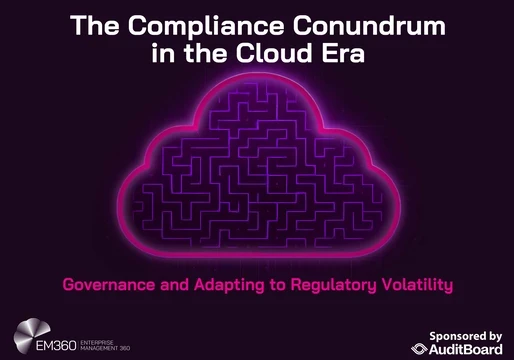

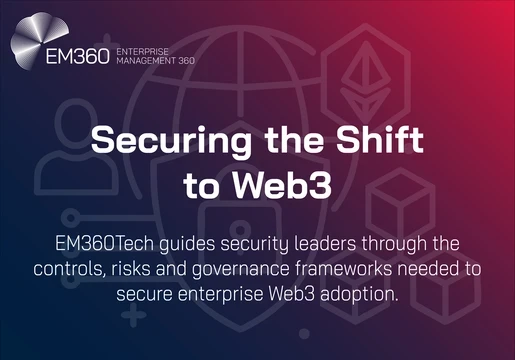
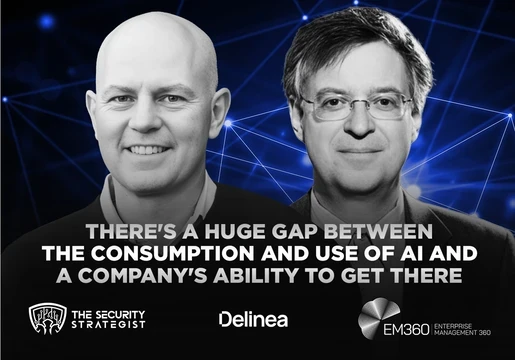
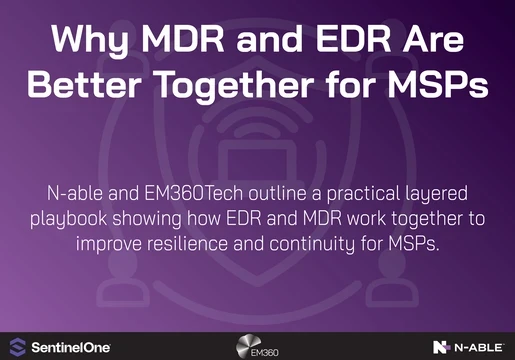
Comments ( 0 )